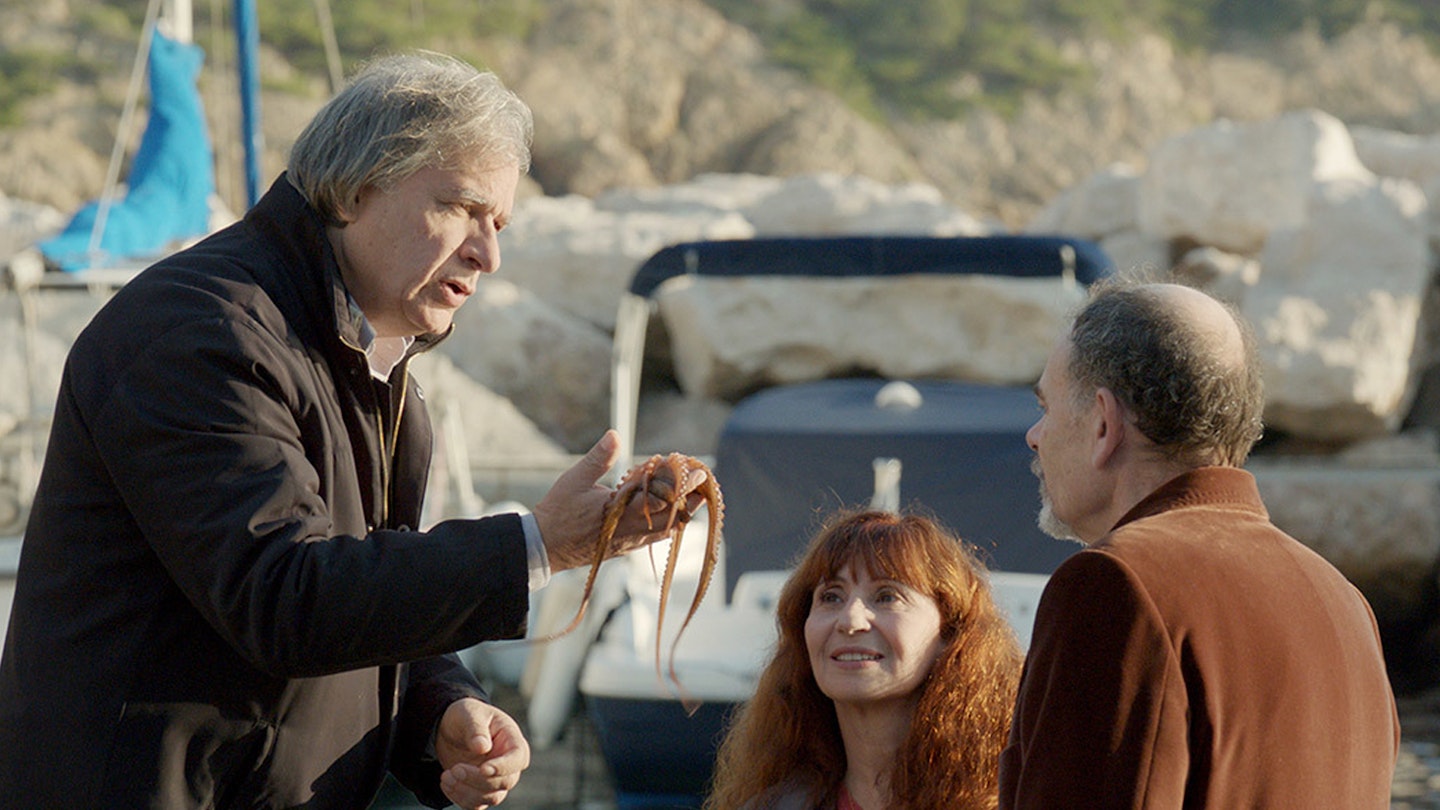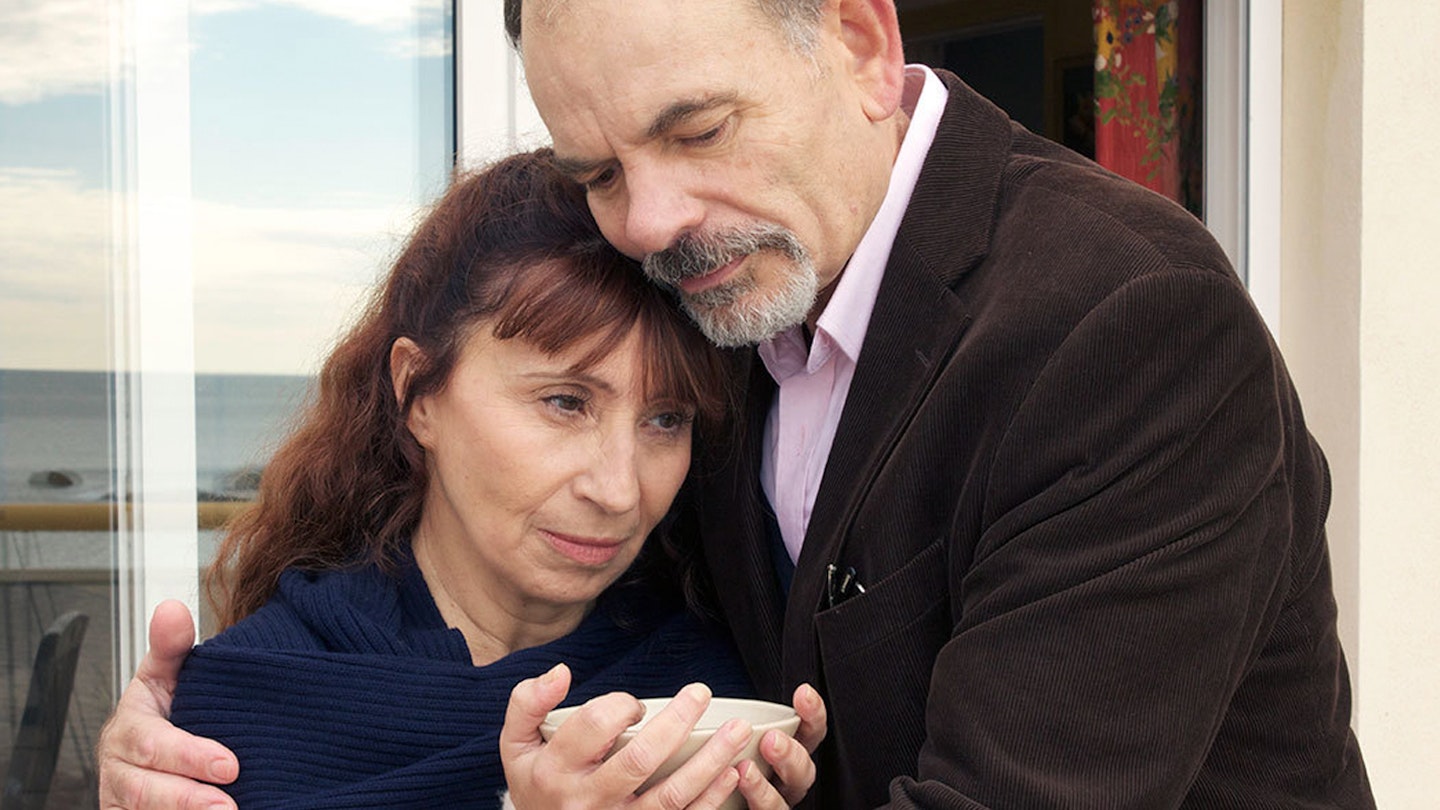You know what to expect from veteran auteur Robert Guédiguian, Here, he teams with wife Ariane Ascaride for the 19th time in this mournful reflection on the irrevocable changes that time wreaks on both people and places. Regular collaborators Gérard Meylan and Jean-Pierre Darroussin also return and Guédiguian poignantly repurposes a clip of the younger trio from 1986’s Ki lo sa? to show how far they have drifted from the carefree individuals they were before responsibility and disappointment sapped their energy and optimism.

Despite just having been forced to retire, Joseph (Darroussin) strives to cling on to what's left of his youth by dating Bérangère (Demoustier), who is old enough to be his daughter (as, indeed, Demoustier was in Anna Novion’s Les Grandes Personnes and Guédiguian's The Snows of Kilimanjaro). By contrast, Ascaride resists the attentions of fisherman Benjamin (Robinson Stévenin), who has been in love with her since first seeing her on the stage in Marseille. But she has other emotional issues to deal with, as she has never been able to forgive her now insensible father for allowing her young daughter to drown while in his care.
As surely as the tide laps against the quayside, Guédiguian and co-scenarist Serge Valletti find solutions to these crises in ways that cynics might find fanciful. But, even though the sudden departure of an elderly neighbouring couple and the unexpected arrival of three migrant children might seem a little contrived, the exemplary ensemble takes each incident in its stride and sustains the gentle strain of left-leaning realism that has become Guédiguian's trademark.
Pierre Milon's shimmering cinematography ensures that the Calanque de Méjean provides an atmospheric setting for the musings on tradition, memory, depopulation, class and defying age, with the final sequence beneath the echoing arches of the railway viaduct being indescribably beautiful.
